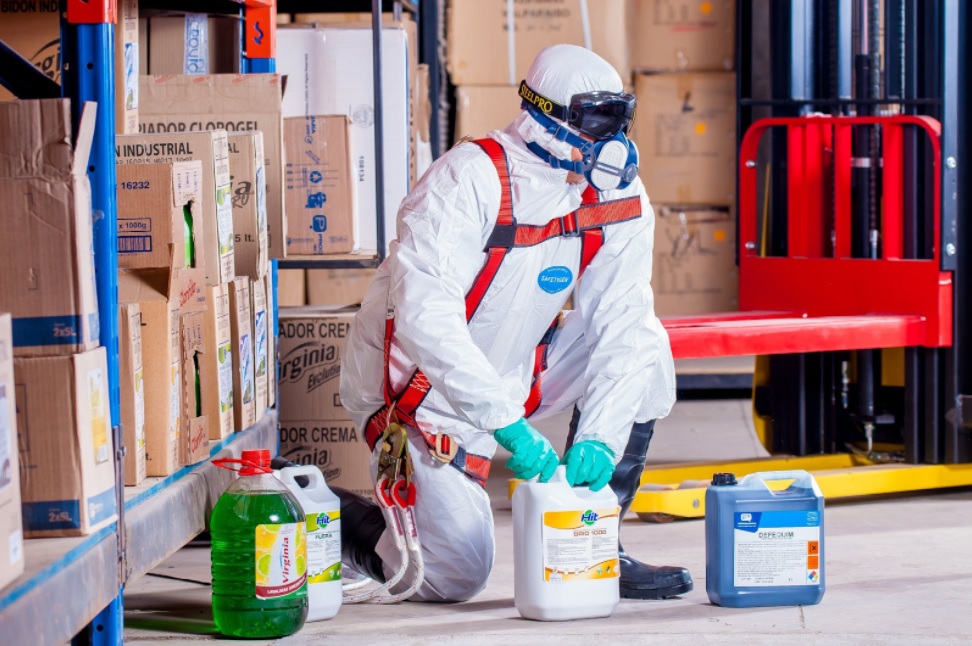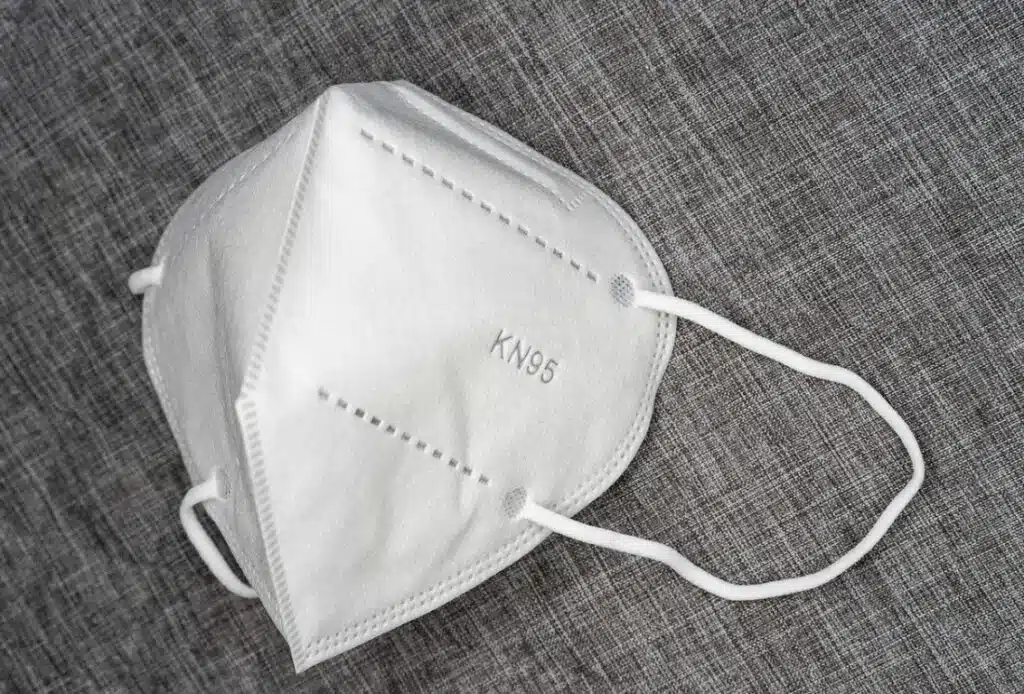A workplace incident or contact that develops or leads to sickness or aggravates a previous ailment is a workplace sickness.
A guided record should be collected if a workplace condition is hazardous for workers, demonstrating a chronological association between complaints and job exposures.
You should first determine the dangers in your job to finish the first phase in any occupational risk evaluation.

Every workplace includes dangers, and while a designated person will be in charge of completing an official risk evaluation, everyone still must be aware of hazards and reduce the chance of damage.
Not all risks are evident, and every workplace will have its hazards. This makes it hard to recognize and protect your staff against them right away.
Workplace dangers can result in a variety of health issues for employees. The six major hazard types are physical risks, chemical exposure, biohazards, musculoskeletal injuries, and behavioral hazards.
Some main types of workplace hazards are following:
Chemical
Chemical risks are compounds that have the potential to cause harm. They can be pretty harmful, yet they don’t usually appear in the workplace.
For example, hairstylists, flowers, maids, servers, waiters, and nail techs may not come to mind when wondering who could be in danger.
Asbestos exposure
Out of all workplace hazards, chemical exposures can be severe and deadly, leading to terminal symptoms and fatalities. A frequently reported risk is the exposure of asbestos, which is commonly present in most workplaces, including industrial processes and operations.
This exposure leads to mesothelioma, a terminal form of cancer resulting from negligent management, exposing workers to asbestos fibers inhaled while working.
If workers are diagnosed with this disease, an experienced firm like Simmons Hanly & Conroy can help file a lawsuit against the management for compensation.
Cleaning chemicals
Washing solutions are employed in practically every job to maintain acceptable hygiene practices. Cleaning chemicals misused can cause adverse responses, asthmatic and breathing problems, dermatitis, and epidermal or eye burns, among other things.
Henna items, hair coloring, shampoos, moisturizers
We utilize all of these drugs without thinking about the hazards at home. But, if you don’t exercise the proper measures, hair dye, shampoos, conditioners, henna treatments, and other compounds often available in hairstyle and cosmetic centers might have significant health consequences.

Welding vapors
A variety of dangers, including unseen chemical gases. Ozone, nitrogen oxides, chromium and nickel oxides, and carbon monoxide are emissions posed by welding activities.
Pneumonia, occupational asthma, cancer, metal fume sickness, and breathing problems are all possible side effects of contact with these gases. The gases can harm the welder and anybody else working nearby if they aren’t regulated properly.
Biological
Biological risks include viruses, bacteria, insects, animals, and other organisms that can harm one’s health. These health effects might vary from irritating the epidermis and pulmonary passages to disease spread.
Bloodborne diseases such as HIV, Hepatitis B, C, and malaria
Viruses or bacteria that may be spread by touch with contaminated blood or body liquids are bloodborne illnesses.
Those who work in the healthcare industry, such as physicians, nurses, cleaners, garbage collectors, street sweepers, parkland guards, and dentists, are particularly vulnerable to bloodborne infections—many additional occupations such as.
Simply put, everybody coming into contact with sharp objects is in danger. Bloodborne illness transfer incidents can have significant health and psychological consequences. To prevent the spread of bloodborne illnesses, it is crucial for those in high-risk occupations to receive proper bloodborne pathogens training. Such training can teach workers how to handle contaminated objects and fluids safely, use protective equipment like gloves and face shields, and properly clean and dispose of contaminated materials.
Bacteria, molds, and fungi
Inadequately maintained work conditions, such as Legionnaire bacterium, can make your workplace an excellent habitat for growing microbes, spores, and fungus.
Bacteria, mold, and fungus can cause serious health problems, including Legionnaire’s illness, lung problems, and increased allergies.
Spas pool, fabric and printing industries, and paper manufacturing are the most vulnerable workplaces.
Flour, milk powder, or grain dust
Biological dust inhalation can cause serious health problems, such as breathing difficulties and respiratory ailments. People engaged in food manufacture and processing, such as at a bakery, are in danger.
Other organo-dusts
Employees might be exposed to various biological dust, molds, and germs, including mud and hay dust, due to the degradation of constructing components and architecture, maintenance, and farming operations.
Contact with them can exacerbate allergies, cause pulmonary and dermatitis, and have other negative health consequences.

Physical
Environmental elements that can injure workers without ever contacting them are physiological risks. Following are some examples of physical hazards:
Confined or sophisticated spaces
Workers face considerable risks when operating in restricted places. They can be particularly hazardous because of low oxygen and the possibility for gas accumulation, which can culminate in combustion, blasts, suffocation, and unconsciousness.
Fracture and floods are two further dangers. Anyone operating in mines, cold rooms, caverns, boreholes, ship cabins, ductwork, standpipes, for example, is in trouble.
Extreme temperature conditions
Hypothermia, impaired mental awareness, increased resistance, trench foot, and decreased agility are significant health consequences of contact with icy or freezing temperatures.
Construction workers, emergency responders, fishers, and food processors are in danger since they are compelled to work outside or in chilled warehouses in colder months.
On the other hand, excessive heat can cause dehydration, heatstroke, and vertigo, among other things. Restaurant employees, embezzlers, blast furnaces, fabricators, and bakers are in danger.
Conclusion:
Workplace safety and health must not be overlooked in the provision of services. Workers’ health impacts the effectiveness of care provided; looking for caretakers should be a top focus for the healthcare system’s success.
Workers’ enthusiasm and work performance, which impact efficiency and attrition, are influenced by their health and quality of life.
What is beneficial for employees’ health is also suitable for patients’ health. Multi Stakeholder efforts that integrate international standards, government policy lobbying, and participation of professional organizations, colleges, and health institutions can help to bridge the gaps in OSH risk reduction strategies.